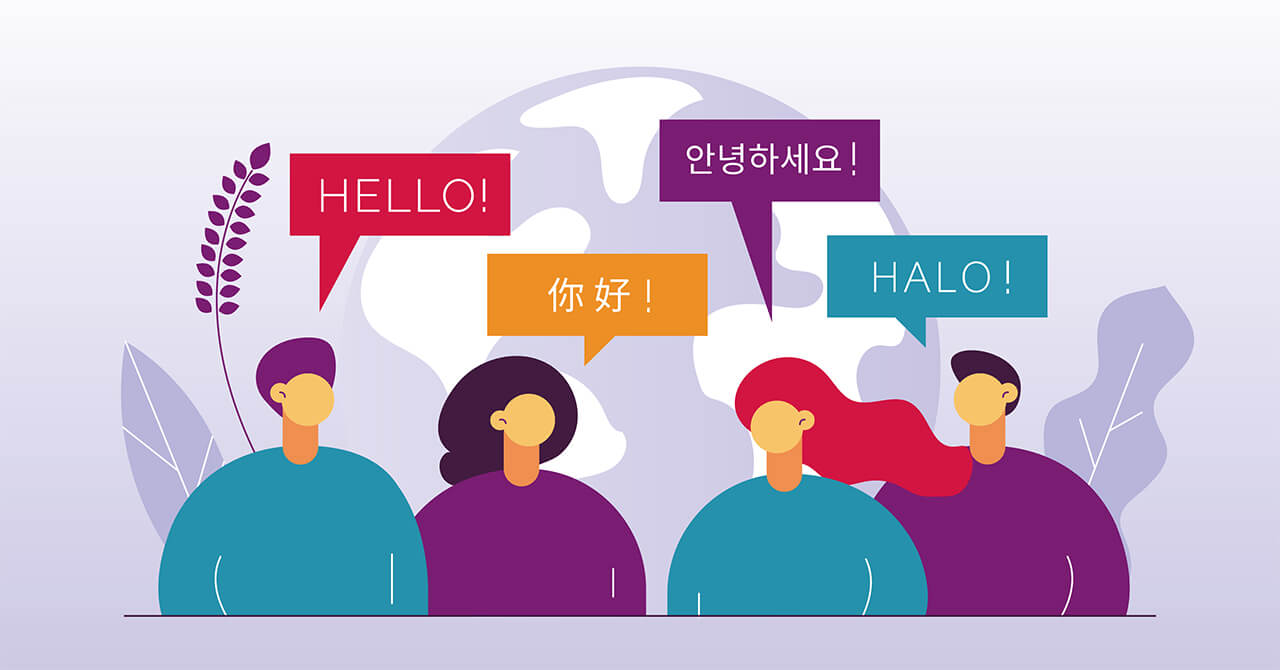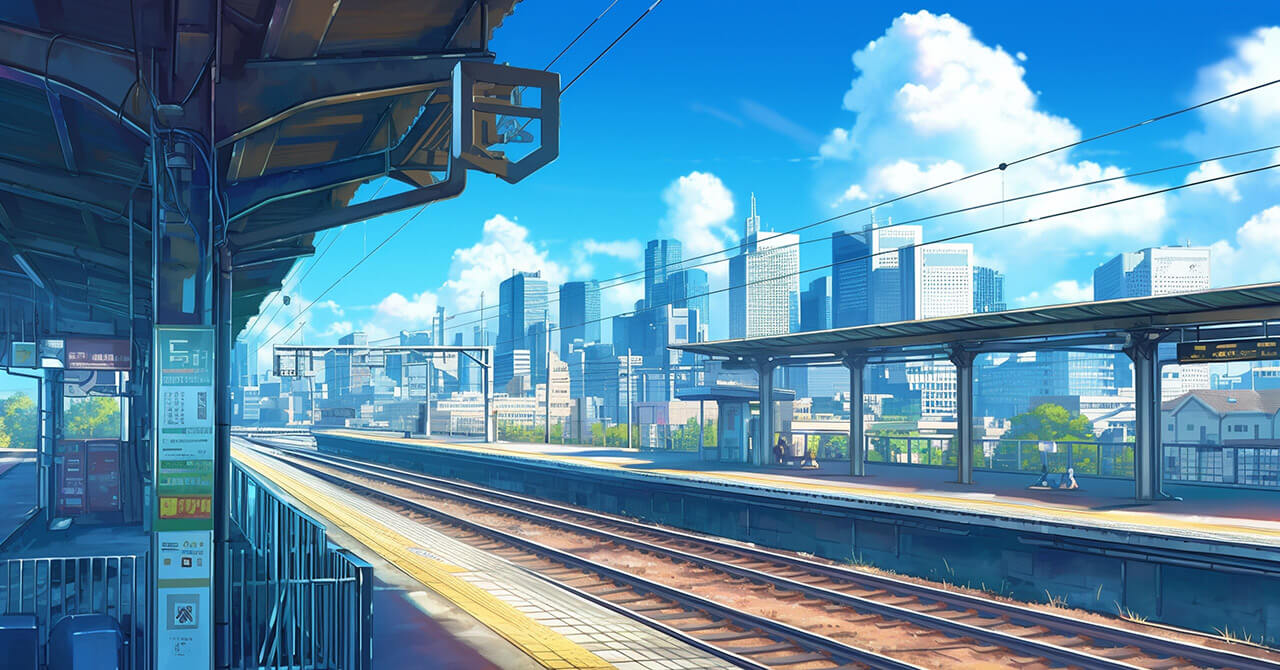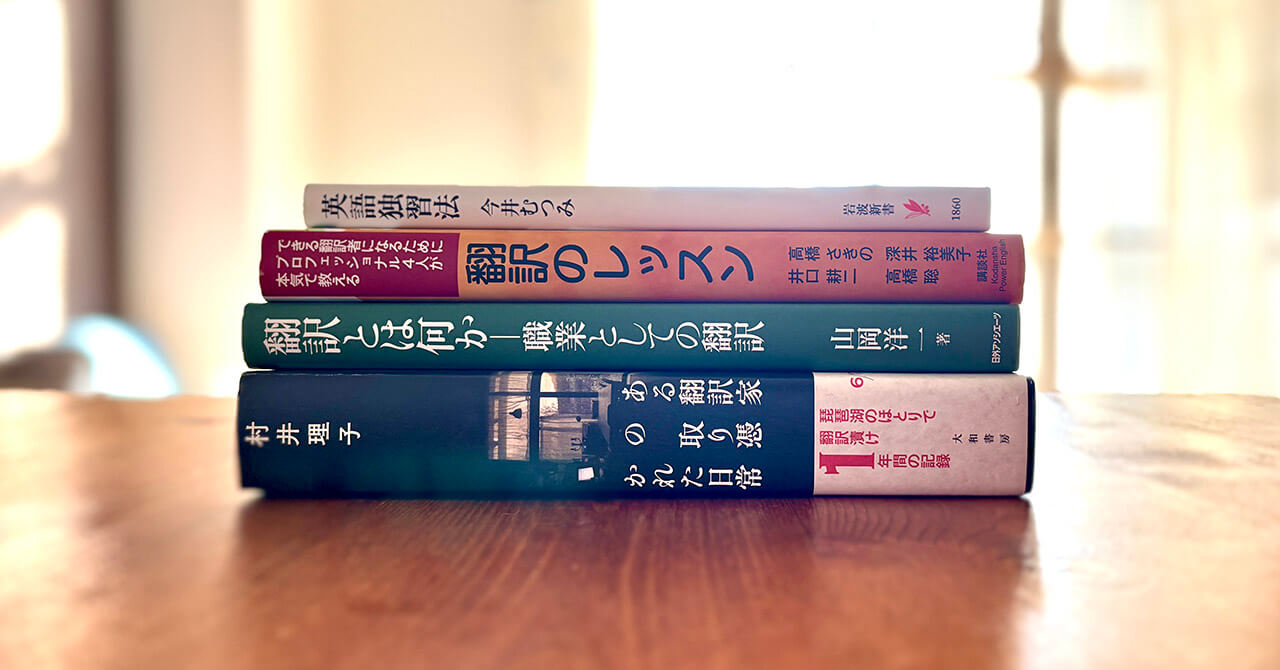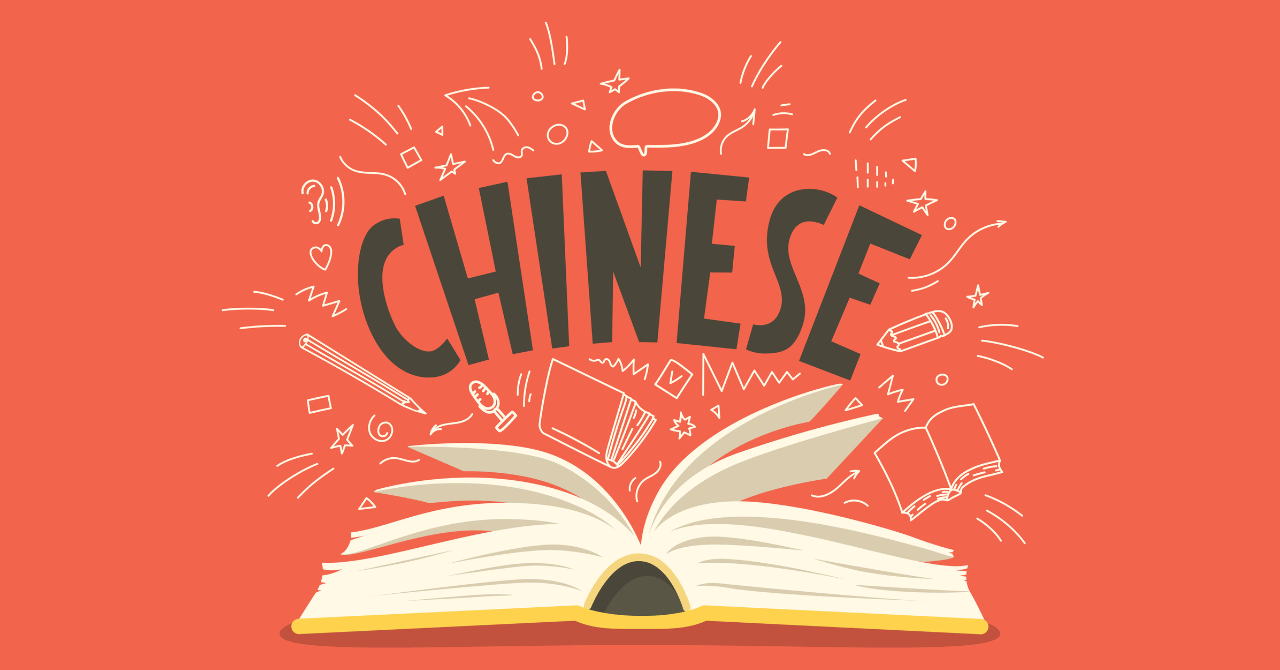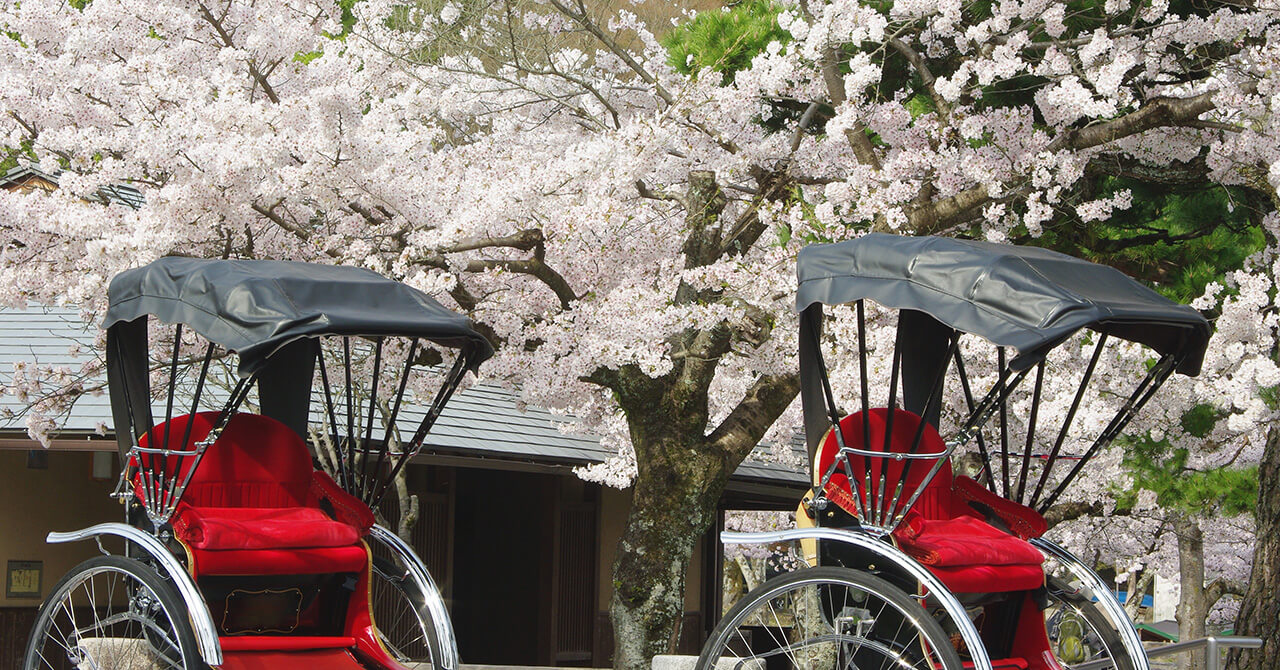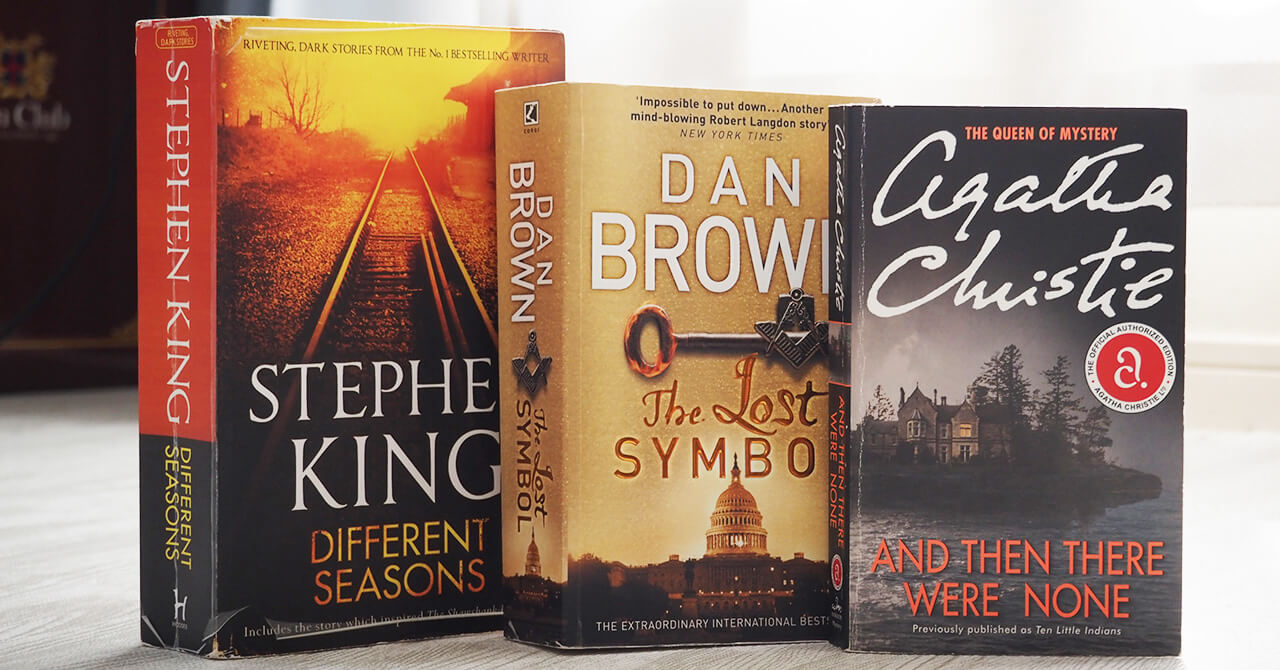- 2025.06.12更新
- スタッフブログ
【品質管理課ブログ】Common Pitfalls When Describing Japanese Cultural Heritage Sites
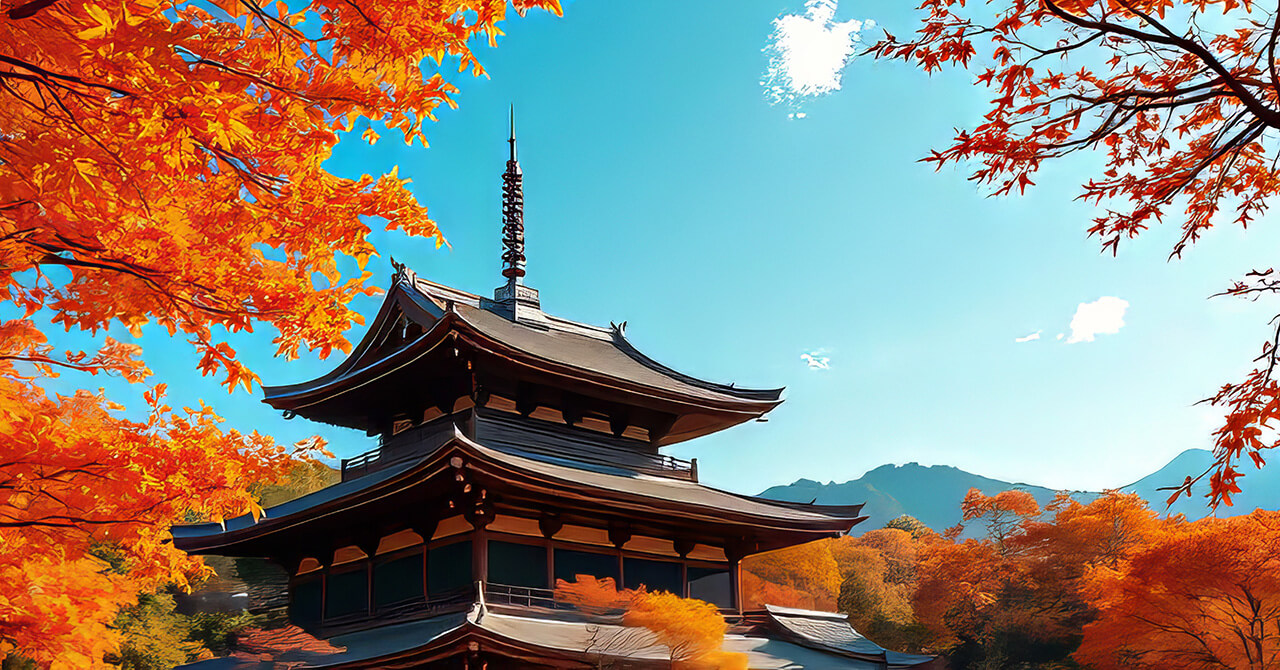
I saw this hilarious Reddit[1] post the other day that I just had to share.
Here it is: https://www.reddit.com/r/japanresidents/comments/1g7y2ix/every_japanese_cultural_site_be_like/ (It was genius, so click the link for the full context!)
If you’ve been to Japan, you might have noticed that descriptions at cultural sites often feel like dry info dumps, leaving the average reader with more questions than answers. For example:
- What is Sanjoshima-jingu?
- Who is Kobo Daishi?
- What is a Shachihoko?
- Who is Matsuo Basho?
- Why are so many Japanese historical sites susceptible to fires? (But I digress…)
From what I’ve heard, history tests in Japan seem to focus on the rote memorization of individual events and facts, so maybe the dry descriptions seen at these sites are a natural result of that. (Of course, feel free to correct me if I’m wrong!)
When I was in school in New York, I loved learning about history and culture, and I still do. But outside of a handful of dates like 1776, 1781, and 1789 (thanks, Hamilton and Liberty’s Kids![2] ), I probably won’t be able to tell you what happened in a specific year. I can, however, give you a rough outline of key battles and events that took place and explain how, in the grand scheme of things, they helped America win its independence.
Storytelling and contextualization are essential for making readers care about history and culture. That’s why I think translators and clients should keep that in mind for these kinds of translation projects. After all, what’s the point if no one cares?
All in all, understanding your target audience and telling (writing?) a story worth reading are essential. By changing your perspective and asking yourself, “Would I want to read this?” you can create content that truly resonates—that’s why people often say, “Know your target audience (and yourself)!” I’ve also found that having solid fundamentals in tourism writing makes your content more relatable and reader-friendly—perfect for avoiding the pitfalls mentioned above. Here are some great resources and websites that I personally keep coming back to:
- https://www.mlit.go.jp/kankocho/content/001473802.pdf (this writing and style manual released by the Japan Tourism Agency has some good insights)
- https://www.swet.jp/ (this website has tons of interesting translation-related articles and tips)
- https://www.interbooks.co.jp/en/ (the Newsroom has lots of helpful tips)
And that wraps up my thoughts. Thank you for reading!
[1] A popular American online forum that has lots of communities. [2] A Broadway musical and children’s TV show, respectively, about American history.
日本語訳 (外国人から見た)日本の文化財における説明文のあるある
この間、Reddit[3] で面白い投稿があって、どうしてもシェアしたくなりましたので、紹介させていただきます!
リンクはこちらです。本当に面白いので、ぜひ読んでみてください!
https://www.reddit.com/r/japanresidents/comments/1g7y2ix/every_japanese_cultural_site_be_like/ (英語のみ、筆者が創作した説明文)
日本を訪れたことがある方、もしくは国内旅行によく行く方なら、文化遺産の説明文が事務的で、情報が詰め込まれているように感じたことがあるかもしれません。逆に、「何を言いたいの?」「どういうこと?」のような疑問が湧くことも多いのではないでしょうか?例えば、前記のリンクにある説明文に対して、以下のような疑問が考えられます。
- 三条島神宮って何?
- 弘法大師って誰?
- しゃちほことは?
- 松尾芭蕉ってどんな人物?
- そして、日本の歴史的建造物はなぜ火災によく遭うの?(余談になりますが…)
私が聞いた限りでは、日本の歴史の試験などで個別の出来事や事実を暗記することが重視されているそうです。その影響で、観光地などの説明文も硬い内容になりがちなのかもしれません。(もちろん、勘違いであれば、教えてくださいませ!)
私自身、ニューヨークで学生だった頃から歴史や文化を学ぶのが大好きでした。今でもその興味は続いていますが、正直に言うと、具体的な年号はあまり覚えていません。1776年、1781年、1789年などごく一部を除いては…(『ハミルトン』、『リバティーズ・キッズ』[4] 、ありがとう!)。でも、独立戦争中の重要な戦いや出来事の概要、つまり、その出来事がアメリカの独立にどうつながったのかを語ることができます。
歴史や文化を多くの人に伝えたいなら、物語性や背景の説明が欠かせません。翻訳者やクライアントの方には、こうした観点をぜひ意識していただきたいです。結局、読んだ人が興味を持たなければ意味があまりないですからね。
これを避けるためには、対象の読者を理解し、「読む価値のあるストーリー」を伝えることが重要です。「自分が読者なら読みたいの?」と問いかけてみることで、より分かりやすいコンテンツを作ることができます。「ターゲットを知る(そして自分自身も知る)」という言葉がよく言われるのも、このためでしょう。
観光地、文化財などに関する文章を書く際は、基本をしっかり押さえることで、より親しみやすく、読者に響く内容が書けると思います。以下に、私自身がよく参考にしているおすすめのリソース、ウエブサイトを共有させていただきます!
- https://www.mlit.go.jp/kankocho/content/001473801.pdf (観光庁のスタイルガイド)
- https://www.swet.jp/ (翻訳に関するコンテンツがたくさんあります!)
- https://www.interbooks.co.jp/ (NEWSROOMは特にコンテンツが多い)
以上になります!最後までお読みいただき、ありがとうございました!
[3] アメリカ合衆国の掲示板型ソーシャルニュース・ブックマークサイト [4] それぞれ、アメリカ合衆国の歴史を語るミュージカルとアニメ
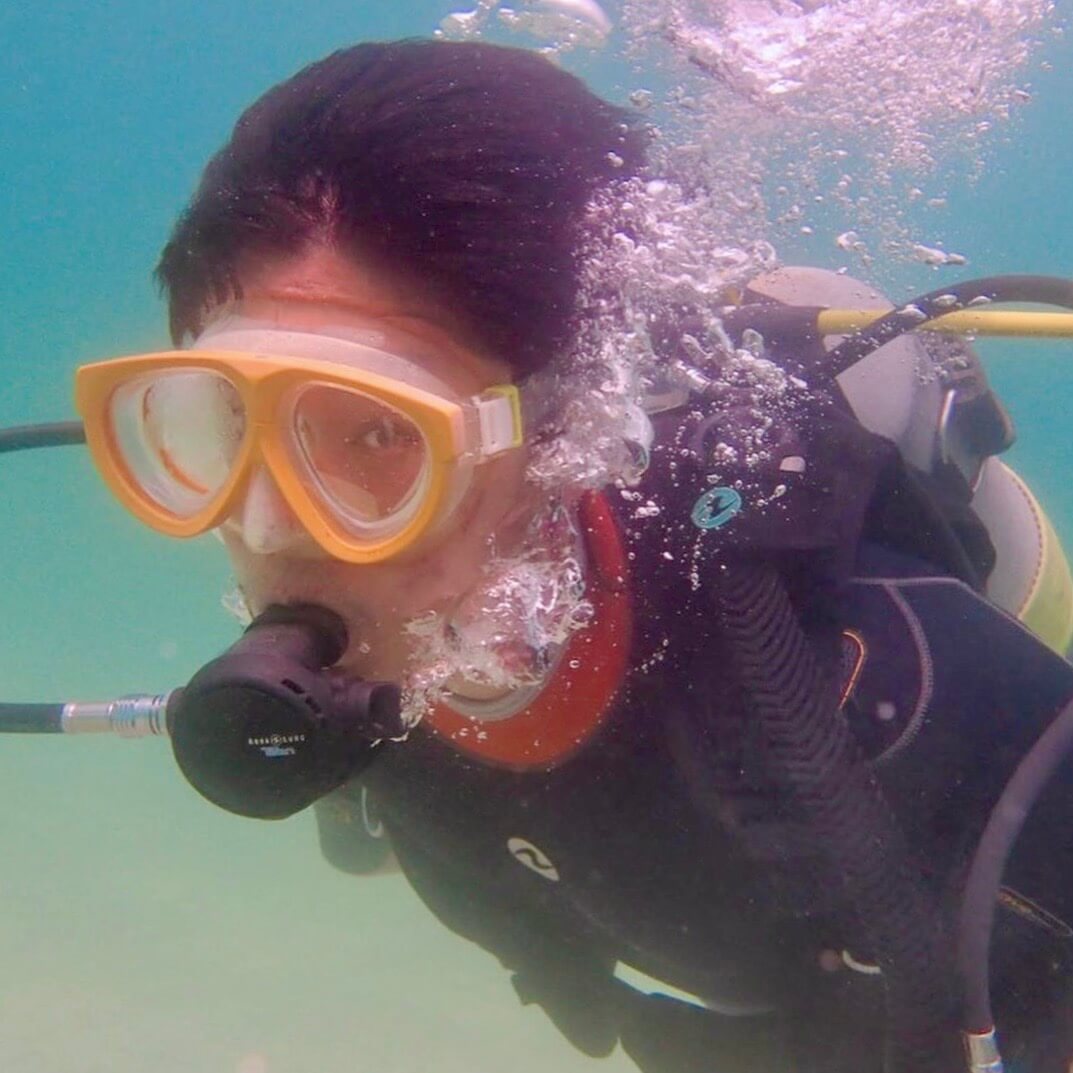 |
|
品質管理課メンバー:アーケイン NY出身、科学と歴史のファン。昔はクリエイティブライティングにも熱中し、ファンフィクションをネットに投稿したこともあります。今でも、面白い世界を思い描いて、そこにどんな物語を織り込むかを考えるのが好きです。もしファンタジーの世界に生きていたら、魔法使いや錬金術師になっているでしょう。ゲーム(ドラクエやFF)も大好きですが、筋トレにもはまっていて、将来強いおじいちゃんになるために週6回、ジムに通っています。 |
関連記事

